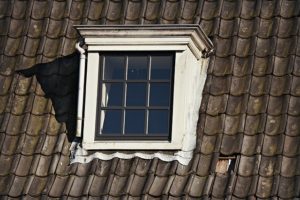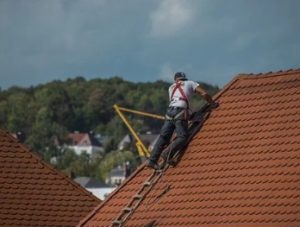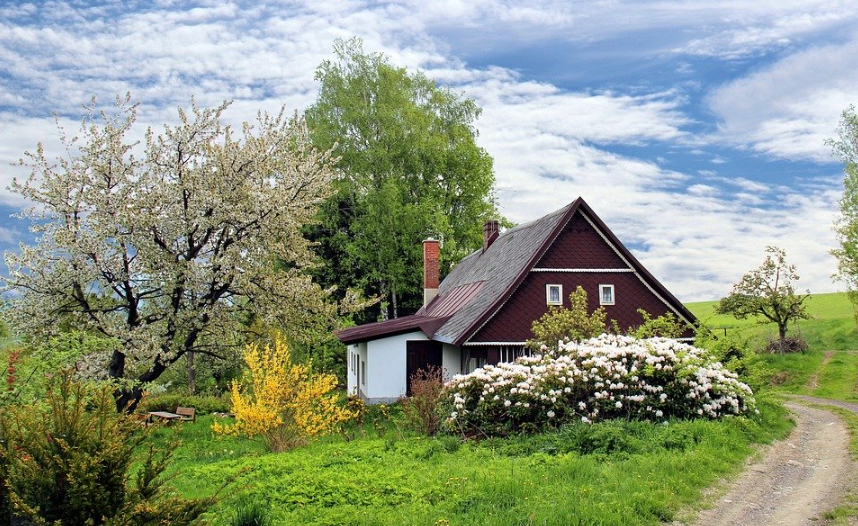Industrial roofs are an integral but often overlooked component of a successful commercial operation. A building’s roof protects it from elements, helps maintain a comfortable indoor environment, and also protects the people and resources inside. Proper maintenance and regular inspections ensure that this vital coating does its job without compromising profits. Damage to the surface caused by weather or environmental hazards is often most visible after heavy rain, extreme weather, or snowfall. Visual signs, such as standing water or bubbling substances, usually indicate problems. Call roofing professional and go to their Instagram page to contact them.
Schedule Regular Inspections

Semi-annual inspections are the ideal way to keep commercial roofs in good condition. An expert assessment is recommended, but some building owners notice damage and call their contractors for a thorough evaluation. Neglected repairs end up showing up on the inside of the structure. Stained tiles and walls may indicate worn or damaged roofing material, while cracks or bulges may exhibit more significant damage. Discolored or rotted window frames show moisture or water damage possibly related to the roof, as do signs of mold inside or outside the structure.
Clogged gutters or downspouts often prevent proper drainage, allowing rain and moisture to accumulate in certain areas. Systems should be cleaned twice a year, although storms and high winds sometimes require more frequent cleaning. Homeowners should frequently remove dead branches that threaten their buildings and prune healthy branches so that they do not touch the structure.
Protect from the Summer Sun

Harmful UV rays can reduce the lifespan of a small, traditional commercial roof, and hot sunny days often increase electricity costs. Cool roofs are an economical option. Single-ply coatings and membranes offer protection for flat roofs, while pitched roofs benefit from multi-colored shingles or coated metal. These products can reduce the roof temperature by 50 to 60 degrees in summer. These programs often include periodic inspections, as well as additional preventive maintenance services, such as resealing. A maintenance program provides peace of mind and facilitates the early identification of problems, minimizing unforeseen costs in the future. Proper maintenance, timely repairs, and preventive care are the most cost-effective approaches to maximizing a structural roof’s performance.
Decrease Roof Leaks

These types of leaks may not be evident for weeks when water begins to seep through the attic. Finding the source of the flow can also be a daunting task. One tip for finding the leak would be to do a water assessment as soon as the weather is nice and dry. All that is needed is one person in the attic with a bucket and a torch, while another person goes up to the roof with a hose. The attic person will have to watch out for leaks when the other hoses reach the ceiling. Once you have found the flow, you can briefly repair it and then ask a roofer to inspect it and give you a professional identification. You can improve the flow by taking a sheet metal sheet and placing it under the leaking cap.
Usually, leaks like this are easy to find so that you can find a quicker solution. This is another point worth checking when replacing or repairing your roof. Before repairing or replacing a roof, you need to look at the gutters. These are places that can get clogged with leaves and debris, making it difficult for water to drain from your roof. Clean the gutters as thoroughly as possible to clear the blockage.

